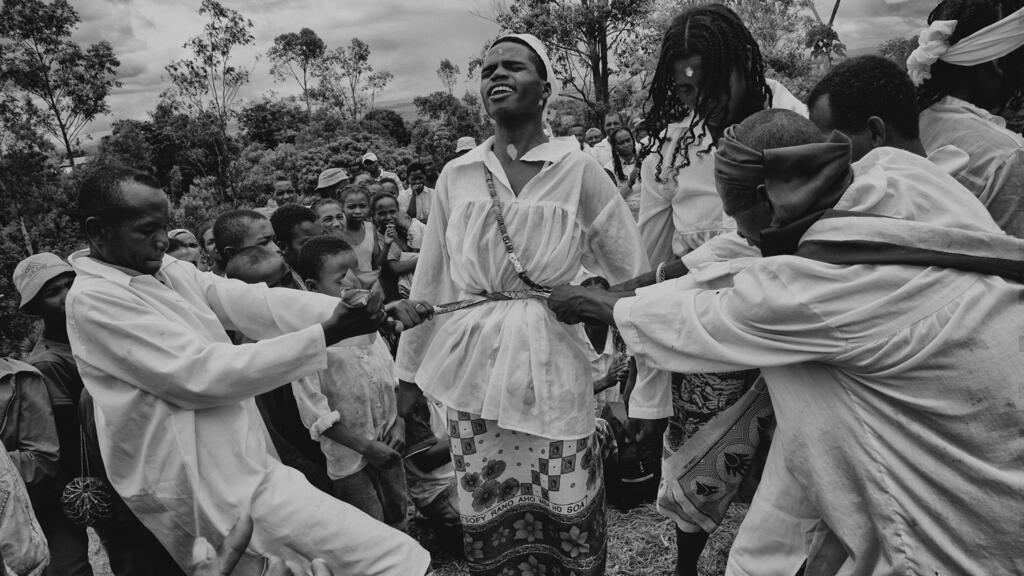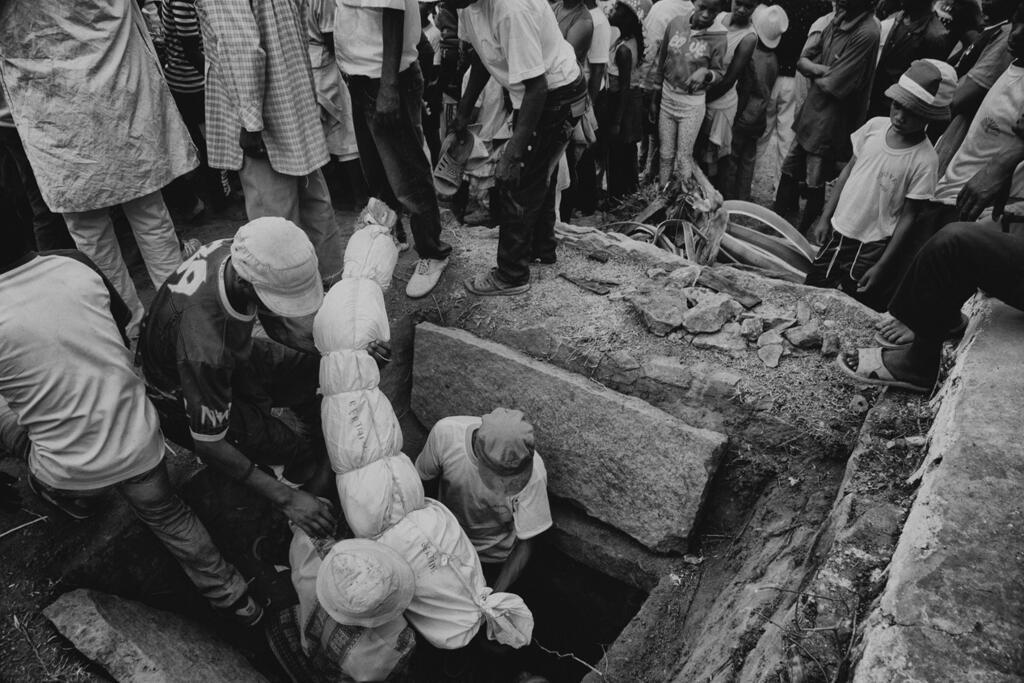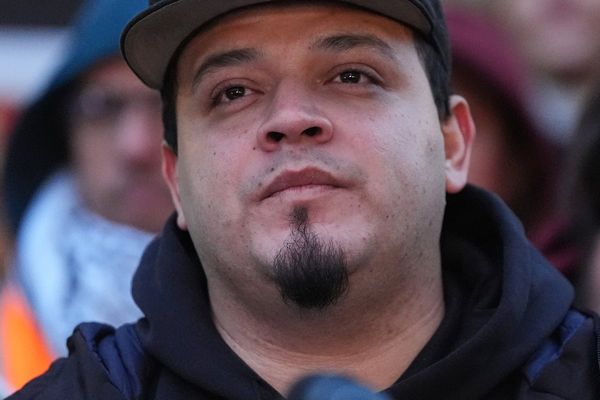
Perpignan – Ritual practices and beliefs continue to shape society in Madagascar, even as the country navigates modernity and environmental challenges. Photographer Rijasolo explores how the ancestors' spirits have endured so far – and whether, as climate change and biodiversity loss threaten the island's unique ecosystem, this connection to the spiritual world may also be at risk.
The presence of spirits is deeply woven into daily life in Madagascar, where people regularly honour their ancestors through ritual practices.
"In our everyday lives, we constantly think about our ancestors, because Malagasy philosophy believes that doing good for them, honouring them, helps maintain a form of balance within society," says Rijasolo, whose series "Madagascar, land of spirits" is currently showing at the Visa pour l'image photo festival in southern France.
"This spirituality sustains people with a kind of resilience in the face of the economic situation and the prevailing uncertainty."
At the core of this belief system is the practice of hasina, "a kind of universal energy that Christians might call the Holy Spirit, or others might call Gaia", he told RFI.
This energy is found in nature – in mountains, trees and rivers.

"There are certain people we call 'mpanazary' – they are shamans who have this ability to use this 'hasina' to heal people or predict the future and to be in contact with ancestors," explains Rijasolo.
Filipino photographer honours activists saving the forests
To document these intimate and often secretive practices, as he began doing in 2009, the photographer had to gain the trust of local communities.
He himself took part in some rituals in order to be accepted, while using his camera to maintain distance: "It was a way to keep my rational mind intact to be able to document what was happening.
"My camera was a kind of psychological shield."

While this spirituality remains vibrant, it now faces threats, particularly as global warming and biodiversity loss erode the island's unique environment.
"We know that 80 percent of Madagascar's flora and fauna are endemic to the island," says Rijasolo. "And this is precisely what gives strength to the 'hasina'."
► "Madagascar, land of spirits" is on show as part of the Visa pour l'Image photo festival in Perpignan until 14 September 2025.







